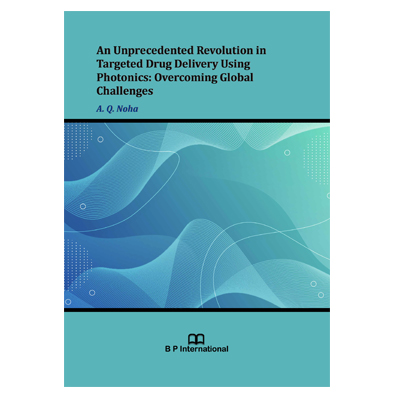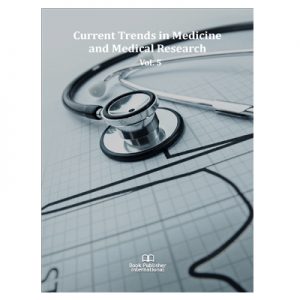“This is impossible by all means; both theoretically and practically”, said a head in photonics, that has represented a role model for me academically, when he heard my idea that I have been presenting its weekly updates to tens and tens of researchers in various fields worldwide. They all confirmed the impossibility of my objective, which is a worldwide need, and whose heads always failed to achieve. Moreover, my university -the American University in Cairo- professors and provost at that time, abstained from any academic help and wanted to cease that work. After 13 months of day and night work, consultation of tens of researchers in Egypt and abroad, thinking, reformulation, replanning and tens of iterations in several labs in various areas in Egypt, this book presents that human expected impossibility is a short-sighted view. Eventually, after billions of publications in targeted drug delivery presenting numerous ways of suggested treatments, that all failed to receive an FDA approval, this word has come to the light of science, aiming at adding to the science of targeted drug delivery and helping improve the health of all humanity as well as to facilitate the knowledge to all upcoming researchers.
In addition to the chemical, herbal, genetic, stem-cell based, nanoparticle treatment methods the first chapter reviews, it also, for the first time exhaustively extend to involve other possible physical means such as heat, and electromagnetic interactions. Unlike other reviews that focus on listing these approaches, this work aimed at paying special attention to their applicability in treating SARS-COV-2. Then, it thoroughly presents the different interactions at different wavelengths with the body/virus/injected drug of concern as well as the physical processes supporting the required interactions. Furthermore, it adds a new insight that sheds light on the applicability of possible magnetic interactions. Not only has it been a novel, exhaustive review, but it then suggests a generic treatment approach that widely serves the field of targeted drug delivery. This roadmap aims at saving time, effort and gathering various pools of knowledge altogether, for the first time, to make it the easiest for researchers afterwards to develop this field in an accelerated manner.
A further roadmap, specifically on the chosen interaction of frequency upconversion, was thoroughly continued with a more in-depth, exhaustive review that includes, for the first time a guided, comprehensive variables that influence this interaction. For all cited field enhancement approaches have failed to lead to the required electromagnetic output, without the use of non-biodegradable materials, a novel field enhancement approach was further suggested, that does not depend on the coating of choice. This is significant, not only for its novelty, but also for the generalization of the approach to other targeted drug delivery applications in which the target will change and, consequently, the coating material. Moreover, this approach does not only aim at treatment, but also at imaging of the target, which further opens the way of a deeper understanding of the interaction dynamics between the target and the drug, which assists targeted drug delivery scientists worldwide. In chapter 3, a numerical and empirical verification for these protocols have been provided. This empirical verification completely defied the assertion of the impossibility by photonics heads.
Therefore, this work not only helps with treatment, imaging of a fatal disease like SARS-COV-2 and the entire field of targeted drug delivery, but also guides future researchers and verifies the suggested approach theoretically and empirically through simple, cost-efficient means that suit the constraints suffered in developing countries.





